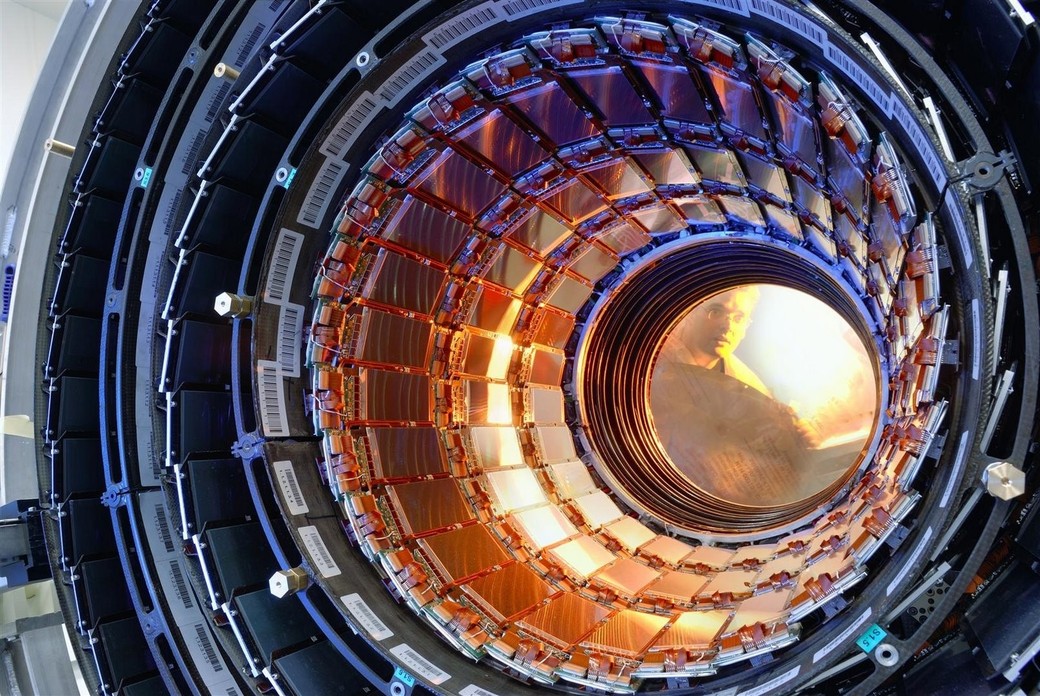
Putting the “Science” in “Science Fiction”–A New Light Shines on Lasers
It has been a long time since I last wrote about lasers—one of the most common gadgets in science fiction–but that does not mean scientific interest in these devices has lessened. The opposite is true in fact, with new advances being made in this field on a constant basis. As some researchers work specifically on improving lasers, discoveries in other fields also help, providing breakthroughs that may provide an improvement to laser technology accidentally. As the efficiency and effectiveness of lasers increase, they will likely become even more common in daily life, both in fields where they are already used and in new ones where their limitations prevented them from being used before.
An example of one advancement in laser technology from another field is the recent discovery of a new material used to create lasers. This material, a mineral combination known as Perovskite—investigated for use in solar panels because of its efficiency in generating electricity from light, turned out to be just as efficient in the reverse. Both lasers and solar panels produced using this material will be cheaper and more efficient than current versions, promising these technologies will become even more widespread in the future.
 The creation of cheaper and more efficient lasers is a step forward, but it does not address one of the main problems holding laser technology back. Although lasers are widespread, the enormous power drain required to create lasers capable of cutting or burning through materials has limited their use in many applications. A way around this problem was recently discovered however, and may open up exciting possibilities for the use of laser technology. This system relies on a type of “quasi-particles” called polaritons, which require less energy to produce light than other methods to create a beam of light. The efficiency of these polaritons means a laser generated through this method requires 250 times less power than a standard laser. This astounding increase in efficiency would open up whole new avenues of laser research and could make the commonplace hand-carried laser weapons and tools of science fiction a reality.
The creation of cheaper and more efficient lasers is a step forward, but it does not address one of the main problems holding laser technology back. Although lasers are widespread, the enormous power drain required to create lasers capable of cutting or burning through materials has limited their use in many applications. A way around this problem was recently discovered however, and may open up exciting possibilities for the use of laser technology. This system relies on a type of “quasi-particles” called polaritons, which require less energy to produce light than other methods to create a beam of light. The efficiency of these polaritons means a laser generated through this method requires 250 times less power than a standard laser. This astounding increase in efficiency would open up whole new avenues of laser research and could make the commonplace hand-carried laser weapons and tools of science fiction a reality.
The reality of science fiction style handheld laser rifles may be closer than we think. A company called S.P.A. Defense has already created a rifle-sized dazzling laser weapon called the TR3 Laser Rifle, which disorients the target with a laser beam. The laser has a range of one kilometre during the day and more than twice that at night, and can operate for 30 minutes of continuous firing before its internal batteries need to be recharged. The weapon also has settings that range from being mildly irritating to permanently blinding. Such weapons are outlawed for military use, but companies like S.P.A. Defense are proposing their adoption as a non-lethal way of disabling highjackers, pirates and others who flaunt such laws anyway. Regardless of whether these particular devices ever see service their creation, joined with massive leaps forwards in laser efficiency, the laser weapons of science fiction may soon become reality.








